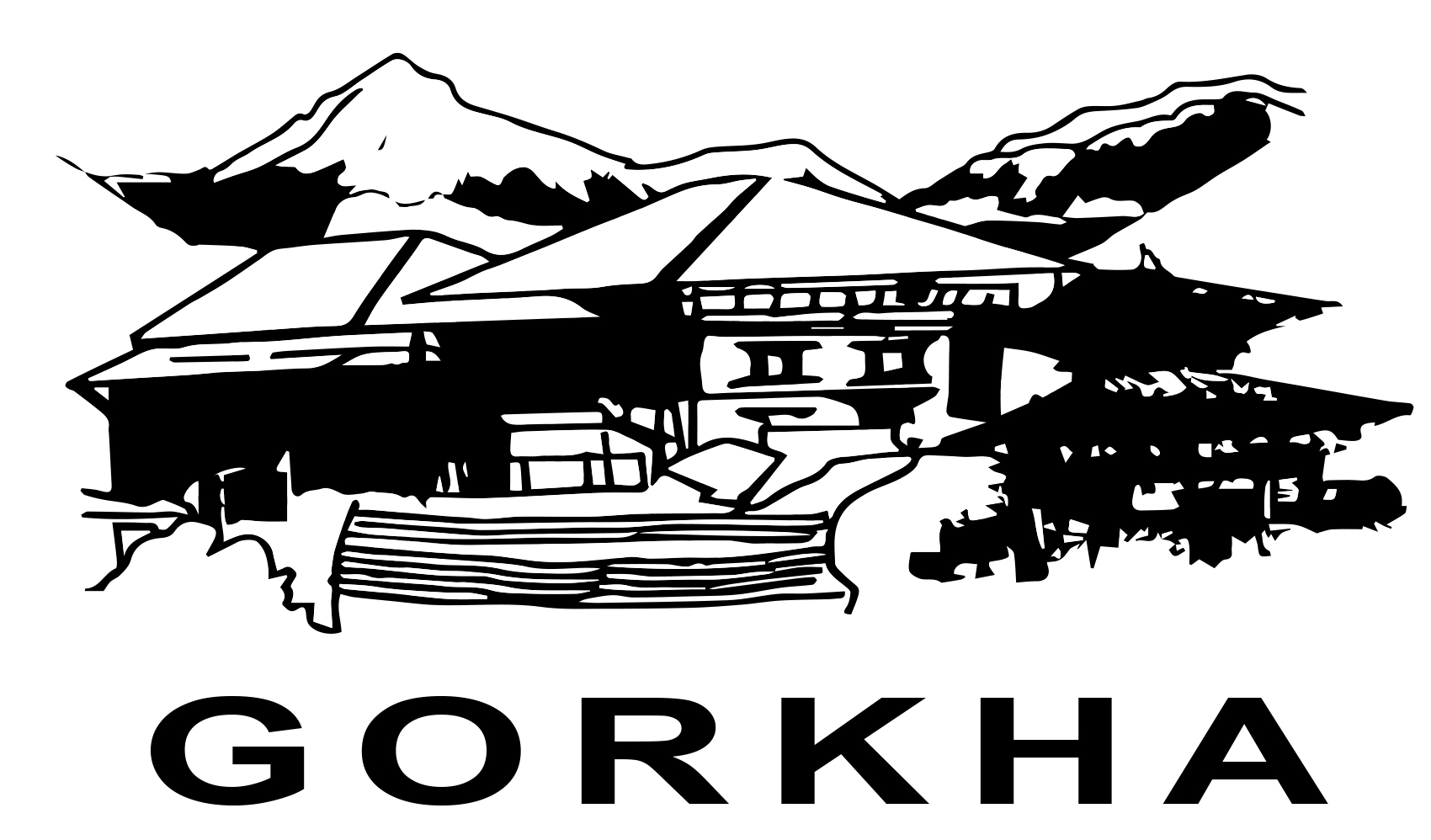Glorious History

In eighteen century of Nepal was fragment on different kingdom as "22th-24th kingdom" King Prithvinarayan Shah took the mammoth of unification that fragment kingdoms. And brave Gorkha solders ultimately came to success to make greater Nepal. Provoke of Nepal is "If no justice, go to the Gorkha". King Ram Shah was very popular justice of Gorkha in that time.
Gorkha district is very promising from the point of view of tourism development due to its historical, religious, cultural, natural and biological diversity. Politically, it is divided into two constituencies, four provincial constituencies and seven local constituencies. This Gorkha district covers an area of 3610 sq km. On the basis of land utilization, 15.43% of the agricultural area, 31.21% of the forest area, 16.49% of the grazing area and 36.87% of the land area is occupied by snow, rock and rivers.
From the confluence of the Marshyandi and Trishuli rivers to Triveni (228 m) to Manaslu Himal (8163 m), the beautiful perimeter of the Faliya, the temperate climate from (Sub-Tropical) to Lekali (Alipine), the biodiversity found in the climate, Chutim, Bhoti There are diverse cultures of Ghale, Magar, Tamang, Kumal, Chepang, Baram, Damai, Kami, Chhetri, Bahun and other castes.
Historical and religious sites: There are religious sites including Manakamana Bhagwati, Gorakhnath Baba, Kalika Bhagwati, Rajan Monastery, Chhekam Monastery. And historical places like Ligligkot, Majhkot, Upallokot, Tallokot, Ajirkot, Bunkot, Takukot are in Gorkha district.
Similarly, Gorkha district is also a tourist destination due to the historical heroes like Dravyashah, Ramshah, Prithvinarayan Shah, Bahadur Shah, Kalu Pandey, Bhimsen Thapa, Lakhan Thapa, Gajeghale. Gifts given by geographical nature: Mountains, lakes, rivers, forests, animals, hillsides, Fallses, Tarvesi, valleys can attract tourists to Gorkha district.
.jpg)


